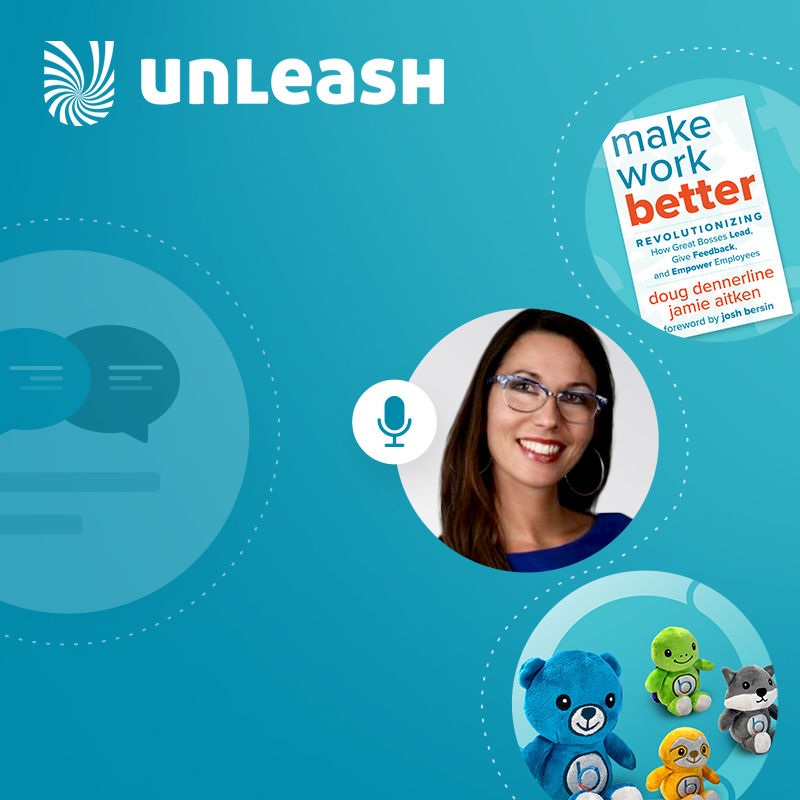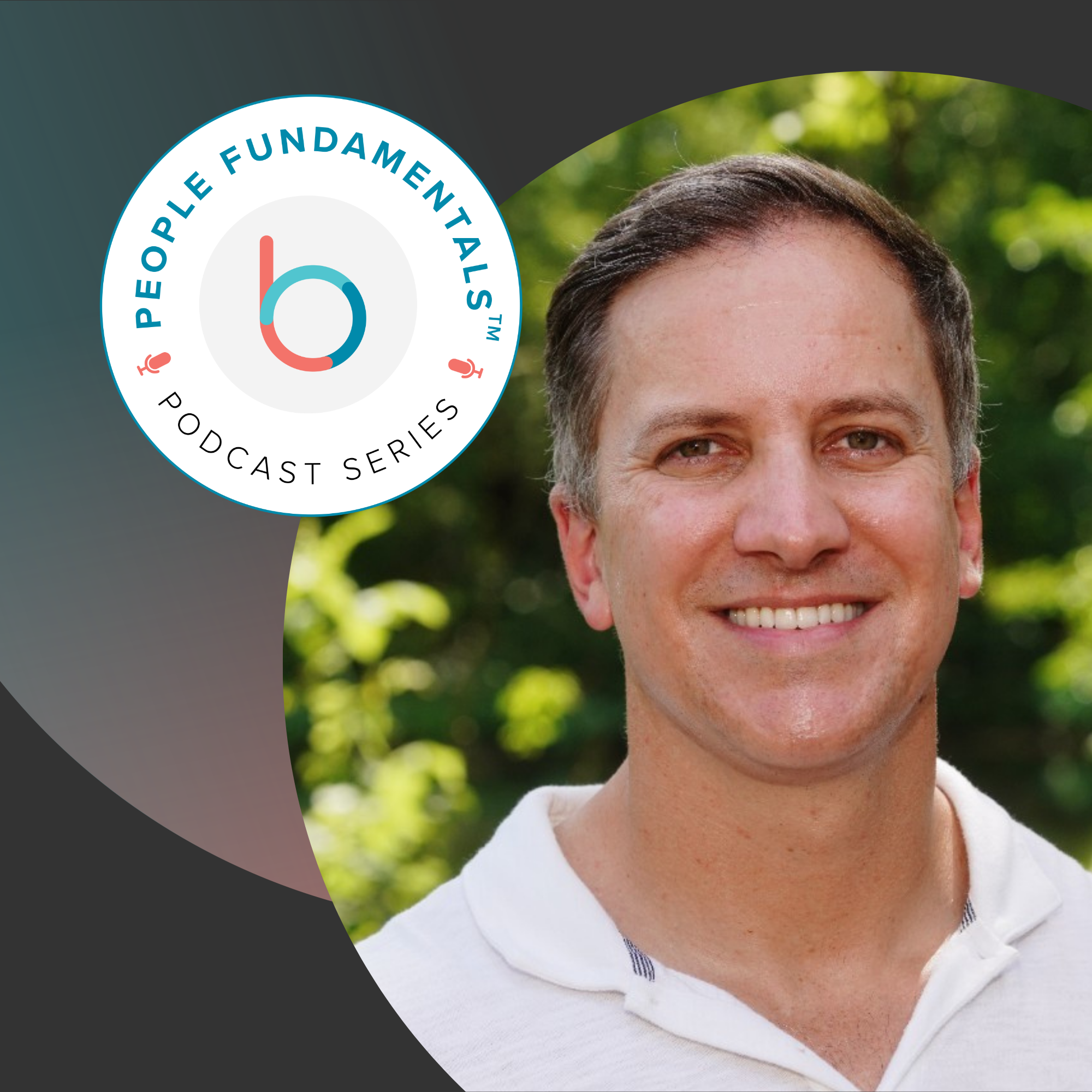With the war for talent fiercer than ever and with employee expectations evolving rapidly, leaders today need to have a robust strategy to ensure that they are listening, acting and creating trust within the organization. And with 2020 almost upon us, it is important for companies to nail their employee engagement strategy for the new year.
With this vision in mind, Betterworks Engage’s recent webinar Employee Engagement 2020: Strategizing, Planning and Implementing a Robust Engagement Program focused on how leaders could build a healthy organizational culture that fostered open and honest feedback in which employees felt heard. This hour-long webinar witnessed a vibrant exchange of ideas, strategies and break-through techniques between Betterworks Engage’s Co-founder Ranjit Jose and Philip Vincent, Head of HR – Thirdbridge. In addition to addressing the latest trends in employee engagement, this webinar also presented a 5 step framework to build a fool-proof engagement plan for 2020 including ways to incorporate feedback from employees — the right cadence, quantity, and approach — and then how leaders could use that data to truly shape effective action plans and achieve measurable impact.
Here are 5 key takeaways that were discussed in the webinar which could be useful for any HR leader looking to build an engaging culture;
1. The engagement gap is expensive for businesses
According to a recent Gallup study, only one-third of employees report being engaged at work and disengaged employees cause the US economy up to $650 billion in loss of productivity since they are less motivated to come to work or give their best to the tasks assigned to them.
2. Your employee engagement strategy must be aligned with your organization and its goals
One of the most important pieces in crafting an engagement strategy is ensuring that it is in sync with the overarching goals that your organization has set for the year. Also critical is ensuring that not only your leadership but your middle management and your employees are also well aware of the purpose, methodology and outcome of your employee engagement strategy. According to Harvard Business Review, 70% of employees say that they are most engaged when management consistently updates them on strategy.
3. Democratize data to empower managers
As important it is to collect data, it is absolutely necessary that the data doesn’t necessarily sit just with the HR department and leadership but is made available to all levels of managers across departments in order for them to formulate actionable strategies and improve upon or take action on the feedback that their teams have communicated.
4. Feedback without action is meaningless
At the end of the day, irrespective of how structured your employee engagement and feedback strategy is, a lack of action only drives employees to lose faith in the purpose of the activity and as a result have no sense of trust for the organization and its leadership. Hence, it is of utmost importance to ensure that right after the feedback is collected, data analyzed and insights are drawn, organizations spend time to identify 2-3 low hanging fruits to focus on first and get into the depths of the problems and issues using follow up pulse surveys. Creating, documenting, communicating and measuring the progress of these action plans can help organizations create a great culture of engagement and foster trust and credibility.
5. Employee engagement is an on-going process
Employee engagement is a continuous process and is very akin to an organization’s OKRs or performance management process. Organizations must be open to re-doing their strategies and going through the complete 5-step framework again basis the feedback from their employees. It is largely about creating, communicating, actualizing and repeating to ensure that they narrow down to the right mix of strategies and are able to create a motivated and engaged culture for their workforce.
For all those who missed attending this webinar, it is available on-demand and you can watch the recording and view the slides by clicking on the link below.




